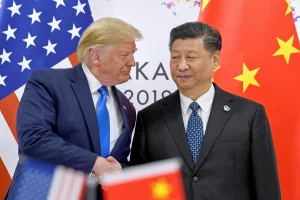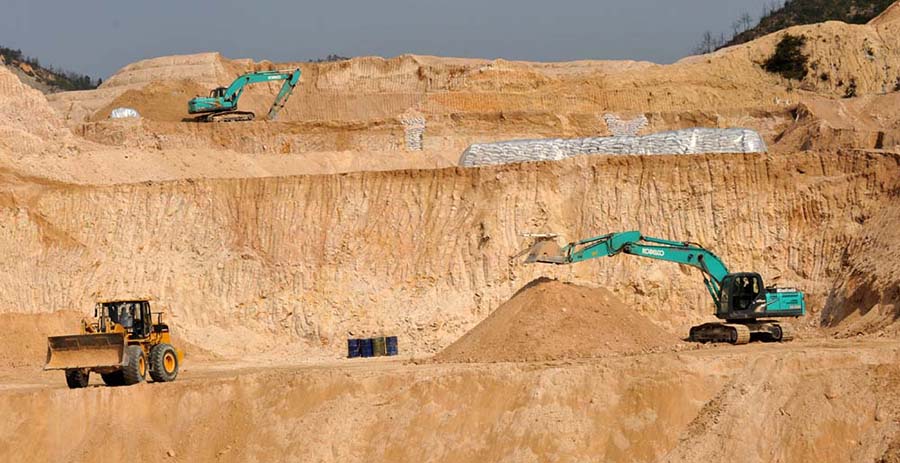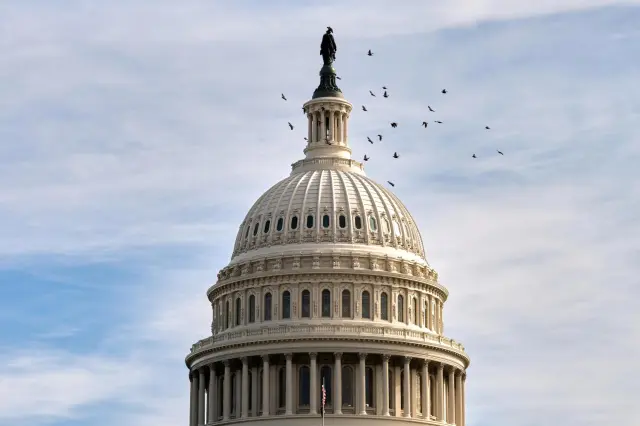CHINA DEFENDS RARE EARTH EXPORT CONTROLS AS U.S. TARIFFS ESCALATE

Supply chains brace for longer lead times
Beijing defended its tightened export curbs on rare earth elements and equipment while criticizing fresh U.S. tariffs, signaling a prolonged period of tech-trade friction. Chinese officials framed the restrictions as lawful and necessary for national security and resource management. The statement followed Washington’s latest tariff hike and warnings about supply-chain dependencies in magnets and advanced components. Analysts say even when export licenses are granted, added paperwork and scrutiny can slow deliveries and raise costs for downstream sectors from autos to data centers. Companies in Taiwan, Japan, Europe and the U.S. are mapping exposure and lining up alternate suppliers.
Rare earths are critical inputs for high-performance magnets used in electric vehicles, wind turbines, consumer electronics and defense systems. China’s dominance in mining and processing keeps markets sensitive to policy shifts. Tighter controls could force requalification of materials, a painstaking process in high-reliability manufacturing. Governments are likely to sweeten incentives for refining and separation outside China, but ramping capacity takes years. In the interim, firms may build stockpiles, dual-source components, and redesign products to use different magnet chemistries where feasible. The episode underscores a broader trend toward “friend-shoring” and industrial policies aimed at reducing single-point vulnerabilities.

Investors will watch for signs of de-escalation ahead of any leader-level meetings. For now, both sides appear set to sustain competing measures—tariffs, export controls and domestic subsidies—that fragment tech supply chains. The near-term pain will be uneven: sectors with diversified inputs can manage, but niche magnet makers and small manufacturers could face cash-flow strain from longer lead times and higher carrying costs. Policymakers face a balancing act: encourage resilience without sparking inflation or discouraging clean-energy deployment dependent on magnet supply.




















